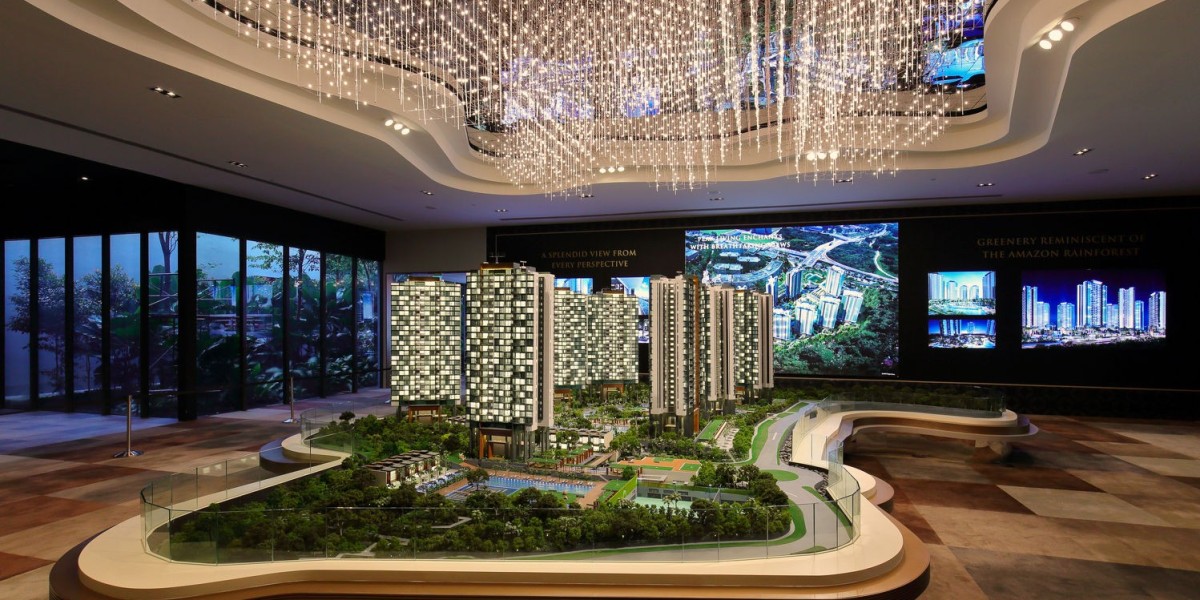The panels are integral components of a monitor as they directly impact your visual experience. If you are planning to buy a PC or laptop, it's crucial to be aware of different display panel types. While most monitors have LCD panels, there are variants to them that you must know to ease your purchase.
There are three main three types of LCD panels: IPS (In-Plane Switching) and TN (Twisted Nematic) displays, and VS (Vertical Alignment). While TN is the oldest among all, IPS are gaining popularity for all good reasons.
What makes IPS panels stand apart?
- Accurate and Vivid Colors: These are the notable features of IPS panels. IPS monitors deliver the best colors compared to VA and TN panels. IPS panel produce excellent colors that further add up to better color accuracy and image quality. Such advantages make that in-plane switching best for multimedia usage and creative work such as graphic designing, photo editing, video editing etc.
- Diverse Colors: A typical TN panel only has a 6-bit RGB that produces 262000 colors, whereas VA has 8 Bit RGB color depth. On the other hand, IPS panels have 8-bit RGB depth, which creates 16,777,216 colors, much more than their counterparts. Also, IPS has better color production capacity than its counterparts, meaning their bit range can be increased to 16 and 24-bit.
- Better Colour Accuracy: IPS displays utilize better back lights that generate a much broader color spectrum than TN panels. The additional hues and shades allow more realistic, true-to-life colors.
Color Performance Compared: IPS (Best) TN (Good) VA (Poor)
- Wide and Better Viewing Angles:
IPS monitors have better view angles than other LCD panels. Viewing angle means the maximum angle from which you can see images clearly from a display.
If you talk about TN, they have limited view angles owing to their poor off-axis image quality. On the other hand, VA struggles with color shifts when viewed from different angles.
With IPS, you don't face such issues, as it produces images without distortion and significant color shifts when viewed from different angles. You also get to experience better contrasts and brightness levels.
These panels are also compatible with different angles and eye levels, making a visually appealing experience for PC monitor users. So, if you want your display to beam through better-quality images, IPS are the way to go.
Viewing Angles Compared: IPS (Best) TN (Good) VA (Poor)
- Less Touch-Based Distortion More Visibility:
Touch-based distortion is noticeable in other displays but not in IPS ones. For instance, if you check the TN display, touching it will produce a temporary distortion. It means when you use a TN screen, it will change colors around the area you have touched on the screen. IPS panels don't produce such distortions.
Also, colors and images produced by IPS panels are more visible under bright light or sunlight owing to their better viewing angles and backlighting.
When you compare IPS with TN, the latter has poor visibility under direct sunlight because of limited color depth. The same case is the case with VA panels.
Touch Based Distortion: TN = VA IPS
Is IPS Monitor for Gaming?
TN panels have long been used for gaming monitors, whereas IPS were for non-gaming purposes. IPS was a no-go for gamers because of its slow response time and higher costs. But thanks to technological advancements, IPS have made their way to premium gaming monitors, making the manufacturers ditch their good old TN and VA panels. One of the reasons is that IPS panels cover the shortcomings of TN regarding dull colors and narrow viewing angles. Modern IPS panels produce lovely colors in superbly wide viewing angles and have fast response time and low output delay. In fact, you will barely find differences between TN and IPS, except that TN still suffers with color depth and viewing angles.
Conclusion:
The in-plane switching display technology outperforms TN and VA in every way possible. The strengths of these IPS LCD panels majorly lie in their better image production and wider viewing angles, making them the best panels in terms of visual appeal. Also, when compared to TN panels, IPS has a longer lifespan.
However, there are certain limitations that come with IPS panels, like they aren't as energy efficient as TN and VA panels. Plus, they are comparatively more expensive than other panel options. But at the end of the day, the excellent color quality and viewing angles make these disadvantages bearable.



